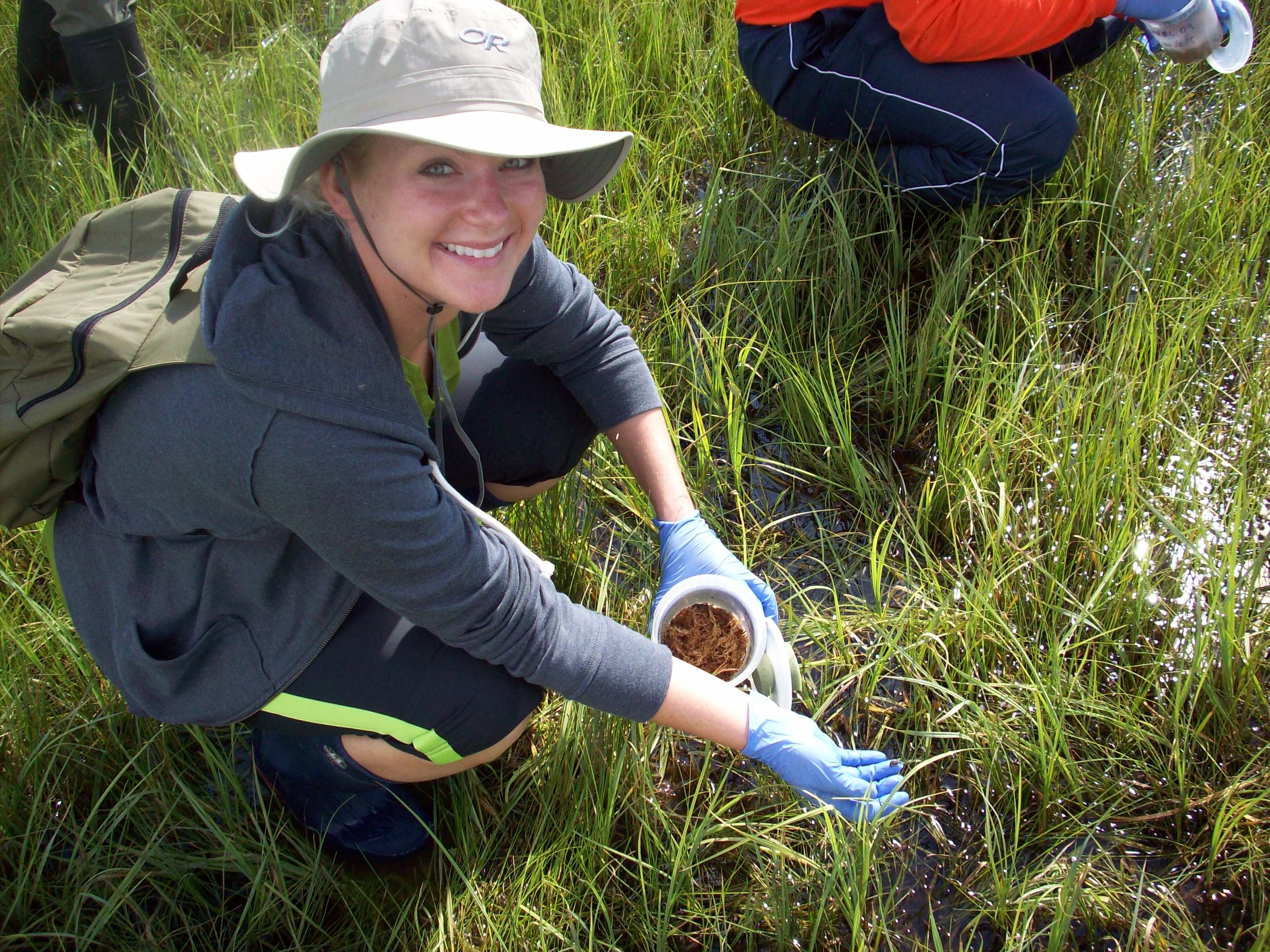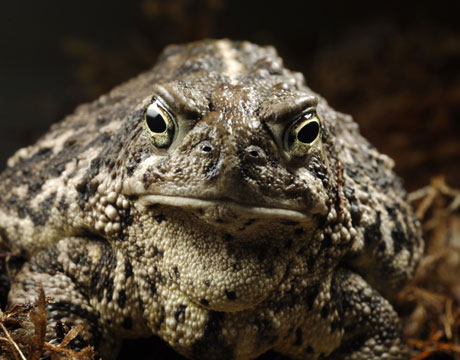In September, we received two new Polar Bear cubs from our friends at the Toledo Zoo and they are some of the most energetic animals you will ever see! They are often seen swimming, wrestling with each other, and playing in the snow!
Thursday, December 18, 2014
Winter Doesn't Have To Be Bad, Just Ask Suka and Sakari!
In September, we received two new Polar Bear cubs from our friends at the Toledo Zoo and they are some of the most energetic animals you will ever see! They are often seen swimming, wrestling with each other, and playing in the snow!
Friday, November 21, 2014
Zookeeper Julie in Churchill, Manitoba!
Sunday, November 2, 2014
Celebrate Polar Bear Week at Como!
November 2-8 is Polar Bear week at Como and we are celebrating in a big way with our four Polar Bears! Join us every day at 10:30 for Bear programs!
Como
Zoo has managed polar bears as a part of its animal collection for over
forty years. The current bears include the nearly 19 year-old twin
brothers Buzz (990 lbs) and Neil (1035 lbs), and the nearly 2 year-old
twins Suka (female 400 lbs) and Sakari (male 600 lbs).
Be sure to follow us on Instagram and Twitter for daily Polar Bear pics!
For more information on Polar Bear week visit: http://www.polarbearsinternational.org/save-our-sea-ice/polar-bear-week
Thursday, October 16, 2014
ZooBoo at Como October 18-19, 24-26
Liz, one of our amazing Zookeepers, stopped by Kare 11 with some creepy, crawly friends!
Saturday, September 27, 2014
Harpist Soothes Gorillas, Orangutans With Music
Teri Tacheny, a harpist, has a loyal following of fans who appreciate her soothing music. Every month, gorillas, orangutans and monkeys amble down to hear her play at the Como Park Zoo in Minnesota.
Tuesday, September 23, 2014
Monday, June 30, 2014
For the Fourth Year in a Row, Como Zoo Releases One of North America’s Most Critically Endangered Amphibians Back into the Wild!

A toad’ally awesome thing is happening at Como Zoo. As part of Como Zoo’s behind-the-scenes species preservation efforts, Wyoming Toad tadpoles have been placed in oxygenated water, shipped overnight and were released on June 18, near the Mortenson Lake National Wildlife Refuge outside Laramie, Wyoming. This 1.5 ounce toad is classified as one of the four critically endangered amphibians found in North America and one of the rarest in the world. Beyond sending tadpoles back to the wild, Bree Barney , Zookeeper will be going to Laramie, WY on July 20 and stay through the 26th to research the progress and conservation of this species in its natural habitat.
Native to the Laramie Basin in Wyoming, this toad was placed on the endangered species list in 1984, and was feared to be extinct. Researchers located the last surviving toads near Lake Mortenson in the late eighties, and by 1996 began an aggressive species preservation plan to save the toad. Como Zoo has joined forces with eight other zoos including the Kansas City and Detroit Zoos as partners in a captive breeding program that now reintroduces Wyoming tadpoles and toads to the wild every year.
As part of the project, Como received adult Wyoming toads that now live in a specially retrofitted room in Como’s Animal Support Building. “The Wyoming toads play an important part in Como’s mission. Since these projects usually go on behind the scenes, people are often surprised to hear how involved Como Zoo is in species preservation,” says Michelle Furrer, Como Campus Director. “But Como Zoo, along with many other zoos, are always striving to make a difference in conservation.’’
To be eligible to participate in the Species Survival Plan (SSP) each institution must meet certain criteria. The four criteria relevant to preventive medicine husbandry and space allotment include the following:
1) Candidate must isolate Wyoming toads from other amphibians in the collection through designated biosecure housing and quarantine.
2) Candidate must commit space for at least four age cohorts totaling 20-40 toads, breeding transfers and pre-release tadpole holding.
3) Candidate must receive USFWS Endangered Species permit to acquire the federally listed toad prior to participation in the SSP.
4) Candidate must comply with the service and SSP guidelines for the recovery program.
It’s a privilege for an institution to be able to participate in species recovery efforts. It comes with much responsibility, and often an additional investment in resources including additional staff and/or construction of biosecure facilities. A generous grant from the Frog Crossing Foundation allowed Como Friends, the nonprofit partner of Como Park Zoo & Conservatory, to provide the retrofitting necessary to give Como Zoo’s new Wyoming toads the optimal environmental controls, a hibernation chamber critical to stimulate the toads’ reproductive cycle, and additional AZA staff training to help ensure the success of this species preservation project.
For more information on the Wyoming Toad visit: http://www.wyomingtoad.org/
Como Park Zoo and Conservatory Background
For over 100 years, Marjorie McNeely Conservatory and Como Zoo in Saint Paul, Minnesota has charmed, educated and entertained millions of children and adults while fostering an appreciation of the natural world, helping to make Saint Paul the Most Livable City in America. The Como Park Zoo and Conservatory is open 365 days; 10am-6pm from April 1-September 30 and 10am-4pm from October 1-March 31. Admission to both the Como Zoo and Marjorie McNeely Conservatory is always free and a voluntary donation is appreciated.
For more information, visit www.comozooconservatory.org Como Friends Como Friends is a nonprofit organization that raises funds from the private sector to invest in program expansions and facility improvements at Como Park Zoo and Conservatory. Since incorporating in 1999, it has contributed over $30 million to Como. For more information, visit www.comofriends.org.

Saturday, May 31, 2014
Love At First Scent Mark
Como Zoo welcomed a new blue-eyed black lemur into the collection this week and he is a big hit with exhibit mate Thurman. Thurman has been alone for several months after her previous mate passed away and while zoo staff waited for word from the lemur SSP (species survival plan) on who she was recommended to breed with. Eugene is 15 years old and came from the Oakland Zoo. Tuesday was his first day on exhibit and introductions between the two have gone very well. They are interested in each other and appear to be a compatible pair.
The lemurs are on display daily in the Primate Building. You can most often find them curled up in a ball together as seen in the picture.
 |
| Thurman (on left) and Eugene snuggle up in the Lemur exhibit |
Tuesday, May 13, 2014
New Book Chronicles Minn. Woman Life as Foster Mom to More than 200 Animals
A new book chronicles the life of Arlene Scheunemann, who was a foster mom to more than 200 wild animals.
Scheunemann worked at the Como Zoo and Conservatory in St. Paul. She started her work adopting animals when her husband brought a lion cub home in 1968.
KSTP sat down with Lori Nelson, Scheunemann's biographer and author of "Zoo Mom," Sunday morning.
The books are being sold at the zoo's gift shop. Como Zoo is one of the only free zoos left in the country.
Tuesday, April 29, 2014
Happy Birthday Jambu!
On April 28, zoo keepers had a birthday party in Como Zoo's primate building for the resident adult male orangutan Jambu. Jambu celebrated his 29th birthday by opening presents containing his diet, some fabric, and special treats.
.JPG) |
| Jambu opens one of his presents |
Zoo keepers also made him a "cake" of sorts using the monkey chow from his diet and decorated the orangutan exhibit with streamers and other festive decorations.
Jambu was nice enough to share his treats and presents with his other red-headed friends. Orangutans in the wild typically live to be 30-45 years old, but in captivity can live to be 50 years or more. Here's to many more Happy Birthdays for Jambu!
.JPG) |
| Jambu shares his birthday "cake" with Markisa |
.JPG) |
| Jambu, the birthday boy |
.JPG) |
| Jaya thinks the box is the best part of the presents |
.JPG) |
| Amanda enjoys one of the presents |
Monday, March 24, 2014
“Hopping” mad that Spring is not yet here!
Tuesday, February 11, 2014
Happy Birthday Emerald Tree Boas!
These boas are arboreal and native to the tropical rainforests of South America. Their “emerald” green coloration provides perfect camouflage during adult years when they are found in the canopy of the rainforest. The reddish juvenile coloration is thought to provide camouflage in the lower part of the rainforest where it is darker and shadowy. Juvenile emeralds find protection from predators and abundant food in the lower forest areas. As they mature (and change color), they will move higher into the rainforest's upper canopy.
The pictures show their newborn coloration, 8-9 month transition phase, and adult coloration now at one year old. Happy 1st Birthday Emeralds!
.JPG)
.JPG)
.JPG)
.JPG)
.jpg)








